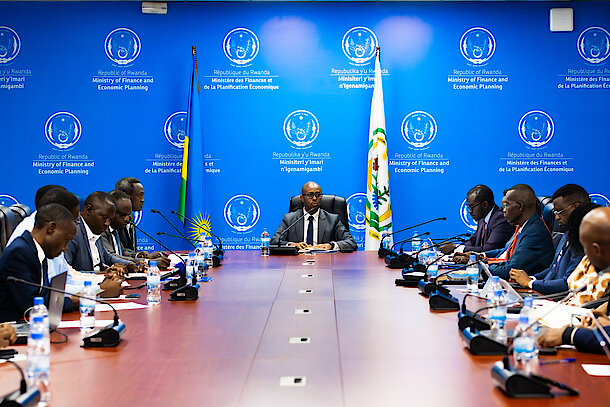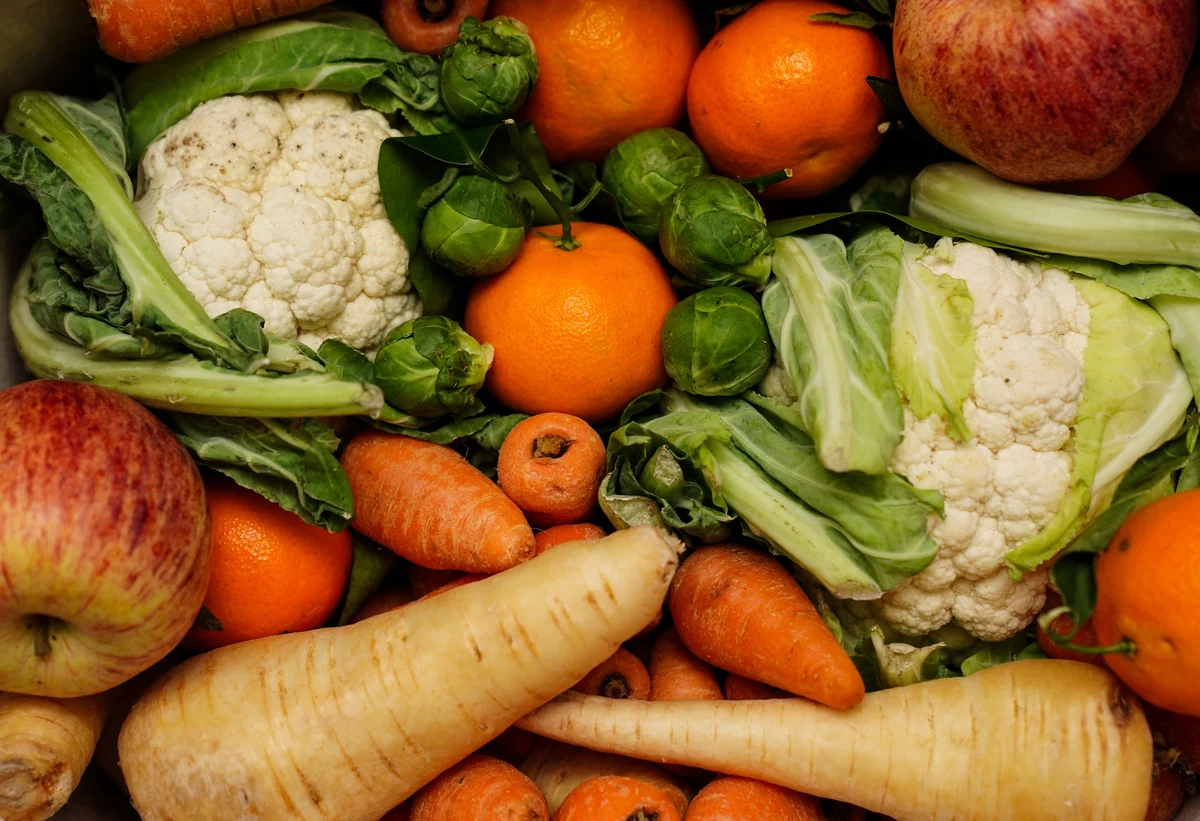By Editor
Copyright rnanews

Rwanda’s economy grew by 7.8% in the second quarter of 2025, up from 6.5% in the first quarter, according to the latest data from the National Institute of Statistics of Rwanda (NISR). This revision follows the recent rebasing of the Gross Domestic Product (GDP) to a 2024 base year, which provides a more accurate and up-to-date reflection of the economy’s structure and performance.
As a result of the rebasing exercise, the GDP level for 2024 has been revised upward by 6% to Frw 19,981 billion, compared to the previously published figure of Frw 18,785 billion. Growth rates from 2024 onward have also been adjusted accordingly.
The Minister of Finance and Economic Planning, Yusuf Murangwa, explained: “Ideally, we revise our methodologies every three years. However, due to COVID-19 challenges, we were unable to do so in 2020. The rebasing to a 2024 base year ensures our estimates are grounded in comprehensive and current economic data, enhancing evidence-based planning and investment.”
In the second quarter of 2025, GDP at current market prices was estimated at Frw 5,798 billion, a significant increase from Frw 4,979 billion in the same period last year. The services sector remained the largest contributor to GDP at 50%, followed by agriculture (23%) and industry (21%). Net direct taxes accounted for the remaining 5%.
Sectoral Performance Breakdown:
Agriculture: The agriculture sector grew by 8%, driven largely by a 3% increase in food crop production. Export crop production saw a notable 42% increase, fueled by a 121% surge in coffee production, though tea production declined by 9%.
Industry: The industry sector expanded by 7%, supported by strong performances in mining and quarrying (up 12%), construction (up 5%), and manufacturing (up 7%). Mining and quarrying activities alone grew by 31%, as reflected in export figures. Within manufacturing, food processing increased by 10%, metal products and machinery by 19%, and chemicals, rubber, and plastics by 24%. Nonmetallic mineral production, including cement, rose by 23%. However, textiles, clothing, and leather manufacturing decreased by 9%, while beverages and tobacco declined by 4%.
Services: The services sector grew by 9%, with wholesale and retail trade rising by 13%. Transport-related services increased by 5%, though air transport fell by 13% while land transport grew by 10%. Hotels and restaurants saw a 7% decrease compared to high growth of 18% in the same quarter last year. Positive contributions came from ICT services (11%), financial services (8%), public administration (16%), education (5%), and health services (10%).
The rebased GDP figures offer a clearer and more relevant measure of Rwanda’s economic progress, capturing structural changes and current market conditions to better inform policy and investment decisions. (End).



